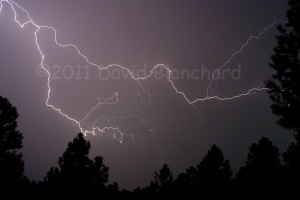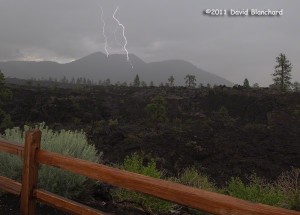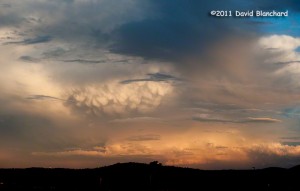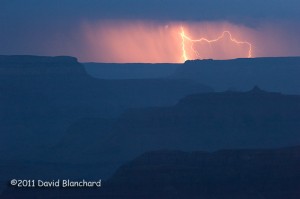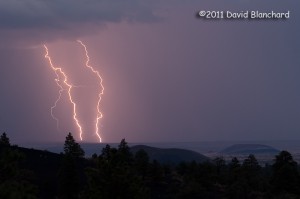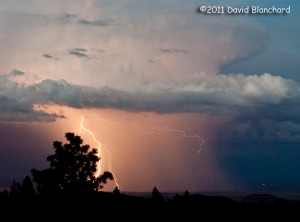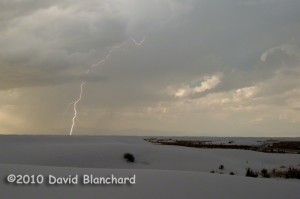The North American Monsoon (NAM) got off to a slow start across northern Arizona this year despite a few predictions that it would start early and strong. It did in some locations but northern Arizona was not one of them. But after a few false starts, the rainy season is in full swing here. We’ve had a couple of days with substantial rainfall and that has — finally — put an end to the extreme fire danger.

And, with all the thunderstorms, comes another chance to photograph lightning. Yesterday (15 July 2012) turned out to be a very good day for lightning. By late afternoon, storms were weakening across northern Arizona but there remained a chance that there would be another round in the evening. And there was. At one point in time, I was observing lightning in all directions — none of it close however.
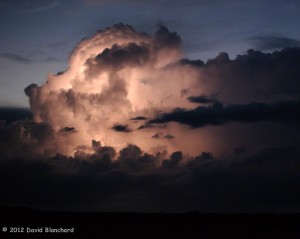
I found myself in Wupatki National Monument during the evening. I stopped at one of the many pullouts along the road that afforded me a view in multiple directions and set up to photograph. Initially, the best storms were to my north but since they were moving to the north they eventually were too far away. At the same time, a cluster of storms was moving northward across central Arizona. I could see only the tops of these storms but they still managed to light up the sky. Because they did not fill the sky yet there were plenty of stars visible as well. I was happy with the results: bright stars overhead, distant thunderstorms lit from the inside by lightning, and wonderful colors and light reflecting off the clouds in all directions.

It was amazingly quiet in the Monument. Only a few cars drove by at that time of the evening and the storms were distant so that the thunder was inaudible. It was so quiet I could hear the bats flitting around.
An amazing evening.

